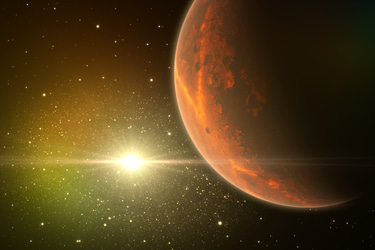Apaculco: The Coccolithophorid and Its Role in Geological Studies


Introduction to Coccolithophorids
Coccolithophorids are a group of unicellular algae characterized by their unique calcium carbonate scales known as coccoliths. These microalgae play a crucial role in marine ecosystems and serve as essential organisms in the study of Earth’s geological history. Among the various genera of coccolithophorids, Apaculco stands out due to its significance in understanding oceanic conditions millions of years ago.
The Role of Apaculco in Geologic Time Scales
The study of Apaculco and similar coccolithophorids offers a window into ancient oceanic environments. Fossilized remains of these calcifying organisms are used to reconstruct past marine conditions, aiding scientists in devising geologic time scales. By examining the distribution and morphological characteristics of Apaculco, researchers can infer changes in sea temperatures, salinity, and nutrient availability. Furthermore, the coccoliths produced by Apaculco provide vital clues about the chemistry of prehistoric oceans.
Estimating Oceanic Conditions
Through the fossil record of Apaculco, paleontologists and oceanographers can estimate climatic changes over millions of years. The process begins with sediment core samples that contain distinct layers of coccolith-rich deposits. By analyzing these layers, scientists can ascertain the abundance and diversity of Apaculco, which reflects the historical shifts in oceanic conditions. For instance, variations in coccolith size and shape may indicate fluctuations in temperature and ocean circulation patterns at the time they thrived.
Moreover, the presence and proliferation of coccolithophorids like Apaculco correlate with significant geological events, including periods of global warming and cooling. Understanding these correlations helps create a comprehensive picture of how Earth's climate has evolved and how such changes impact marine life.
Conclusion
Apaculco, as a significant coccolithophorid, is more than just a microalga; it is a key to unlocking the mysteries of Earth's past. By studying these organisms and their calcium carbonate scales, scientists can piece together the complex interactions between Earth’s climate and marine ecosystems across geologic time scales. This research is essential not only for understanding our planet's history but also for predicting future climate trends, highlighting the importance of preserving marine biodiversity.
